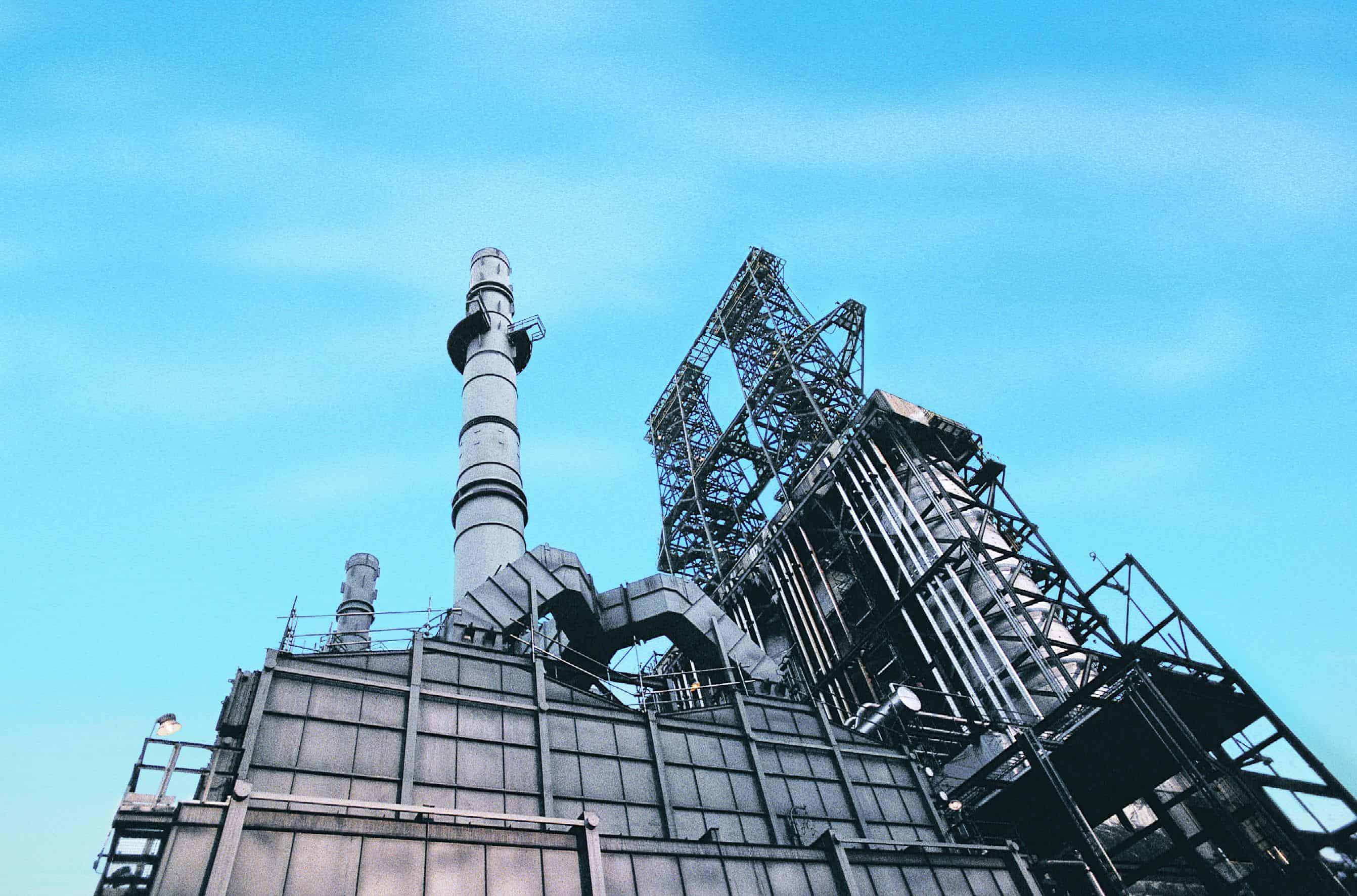The market consensus in 2015 was that deeply indebted and embattled oil company Pengrowth Energy Corp. (TSX:PGF)(NYSE:PGH) wasn’t going to survive the protracted slump in crude. By the end of that year, the company had been virtually priced for failure.
Then-renowned energy investor, billionaire Seymour Schulich, started acquiring Pengrowth shares, and by July 2017 he had gone all in, owning over 24% of the company. This was a big vote of confidence in a company that many pundits believed was on the verge of failure. Schulich made his decision, despite Pengrowth’s precarious financial position, on the belief that oil would rise, and that the company could meet its debt repayments.
Now what?
Through a series of asset sales, Pengrowth was able to raise sufficient funds to meaningfully reduce debt to manageable levels. During 2017 alone, it erased debt totaling an impressive $1.1 billion from its balance sheet to leave it with a more manageable $610 million.
The first major debt repayments occur in 2019, when Pengrowth’s credit facility, with a total of $109 million drawn and $56 million of long-term notes, mature. While that is a daunting figure for a company like Pengrowth, which has struggled to survive sharply weaker oil, there is every sign that it will have sufficient cash flow to meet those obligations, especially with WTI trading at over US$65 per barrel.
What makes Pengrowth an extremely attractive investment, regardless of the considerable discount applied to Canadian heavy crude, is its Lindbergh thermal oil project. It is a long-life asset that holds considerable reserves totaling over 316 million barrels, and the economics of the asset are favourable, even when compared to U.S. shale oil operations.
You see, while Pengrowth needs WTI to be at US$55 a barrel to justify the considerable investment required to bring Lindberg up to full commercial production, the project has been estimated to have a cash flow breakeven price of a mere US$17 per barrel for existing production. That means in an operating environment where WTI is trading at over US$60 a barrel, it is an extremely profitable operation.
What some pundits fail to appreciate is that the sharp declines in Venezuelan heavy oil production will boost demand for Canadian heavy crude, because the vast majority of U.S. refineries are configured for processing heavy oil. An unrecognized benefit for Pengrowth’s asset dispositions is that it has substantially reduced the company’s operating footprint, leading to lower overall costs and further boosting profitability.
For 2018, Pengrowth has forecast production of 22,500-23,500 barrels daily, which is roughly half of 2017 average daily oil output, but this can be attributed to asset divestments rather than operational issues. The majority of that production will come from Lindbergh, where oil output is expected to expand by 3,000 barrels daily to 18,000 barrels per day by the end of the year.
The company has protected its investment in Lindbergh by establishing a series of hedges for its oil output, which have an average floor of just under US$50 a barrel for 8,000 barrels. This is roughly half of Lindbergh’s projected 2018 production and mitigates much of the downside risk associated with weaker oil.
Nonetheless, the outlook for crude overall remains positive, and because of declining global oil inventories, rising geopolitical tensions, and stronger than expected demand growth, it is difficult to see WTI falling below US$55 per barrel. That means Pengrowth will be generating sufficient cash flow to continue developing Lindbergh, thereby expanding its oil production.
So what?
On first glance, Pengrowth appears to be in a difficult position if oil weakens further, but after taking a closer look at the company, it is easy to understand Schulich’s motivations for acquiring such a large stake in the company. The quality of the Lindbergh asset coupled with Pengrowth’s substantially lower debt leaves it well positioned to unlock considerable value in an operating environment where oil has firmed to over US$60 a barrel.









